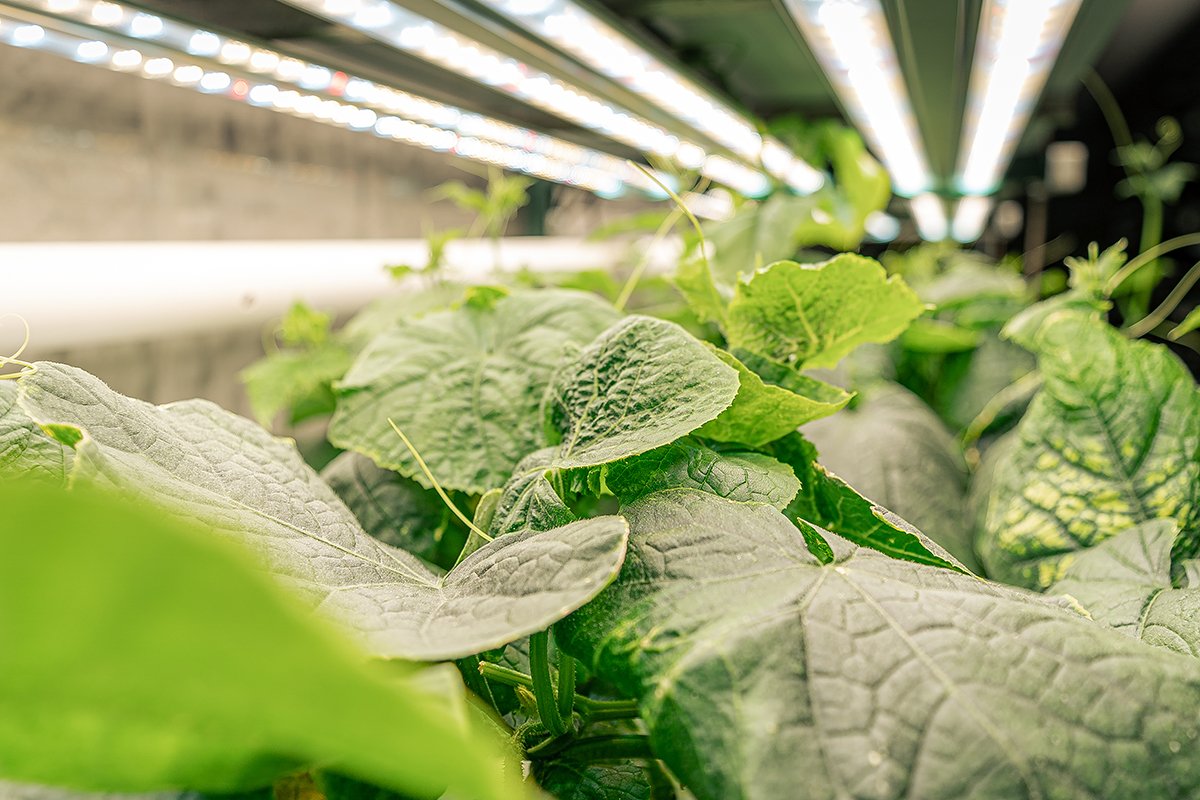
LECA balls are expanded pieces of clay that have been heated in a kiln at high temperatures. While they were initially invented as a construction material, hydroponic growers have found that the material works exceptionally well as a hydroponic grow media.
Clay pebbles are also known as expanded clay, Hydroton or LECA: lightweight expanded clay aggregate. They’re strong and durable in moist conditions but lightweight at the same time, offering growers an excellent mixture of strength and flexibility.
In this blog, we’ll discuss what you need to know about using clay pebbles in your hydroponic systems and offer some tips for using the medium to maximize its potential.
How are LECA Balls Made?
LECA balls are made by heating a specific type of clay, made from clay, brick dust and waste from the processing of albite.
These bits of treated clay are heated in a rotating kiln and warmed up to a temperature of 2,190 degrees Fahrenheit (1,200 degrees Celsius). When this happens, the clay expands up to 5 times its original size. The process results in a hardened ball of clay that’s incredibly porous, allowing plant roots to get air while retaining their access to water.
Before clay pebbles were used, lava rock was the most common grow media for hydroponic operations. However, lava rock has several disadvantages that LECA balls improve on. For example, lava rock has sharp, jagged edges. This makes it harder to handle than LECA balls, which are much smoother. Additionally, those jagged edges could damage plant roots and crush developing stems.
LECA balls also have several advantages when compared to other types of grow media. While they found their first use as a building material, those experimenting with hydroponic crop cultivation found that these clay balls were also incredibly useful as a grow media.
What Makes LECA Balls a Popular Grow Media?
Clay pebbles are a popular grow media because of their ability to support plant roots, improve drainage, increase air circulation and promote healthy growth. LECA balls are added to a net cup, typically until the cup is about halfway full, providing enough of a foundation for the plant to develop a resilient root system, while allocating enough airspace for the plant to grow upwards.
Additionally, LECA balls are inert, which means they have no impact on the pH of your nutrient solution. They don’t accelerate bacterial growth, and they require cleaning less frequently when compared to other grow mediums.
Are There Any Challenges of Growing with LECA balls as Grow Media?
While there are numerous advantages to growing hydroponic crops with clay balls, there are also challenges involved when using it. Here’s a few things to be aware of before using the media in your system.
LECA balls provide very little insulation when compared to other grow medias.
Notably, this can work well in hotter climates, but in colder conditions, your plant may be more sensitive to climate extremes.
Depending on the varieties that are offered in your area, you may experience varying qualities between brands. We recommend trying a few before you pick a favorite.
Always ensure to use LECA balls when they’re soaked and never use them when they’re dry. This is because dry LECA balls can wick moisture away from plant roots, desiccating them if the issue is not promptly addressed.
Also, if you happen to reuse the medium, always boil it to ensure that the balls maintain their inert ability. For more information about cleaning clay pebbles, read our next section and the instructions outlined there.
Do LECA Balls Require Preparation Before They Can Be Used?
Before you use LECA balls in your next hydroponic project, there’s some things you need to know about how to prepare them for your system.
Because of the heating process of LECA balls, chemicals that are used in the process can be left inside the finished balls, in addition to dust and other debris. These should be washed out before use as a grow media.
In order to prepare LECA balls for your system, use the following instructions:
- You must first remove large bits of material, including roots, plant particles and other debris from the clay pebbles.
- Rinse your clay pebbles in hot water by dumping them into a colander and thoroughly spraying them.
- Put your clay pebbles in boiling water for at least ten to fifteen minutes.
- Repeat step 2 to ensure a thorough clean.
- Dry & soak in nutrient solution before adding to your system.
What Plants Work Best in a LECA Ball Grow Media?
Plants that work well with a good mixture of air and water tend to do well with LECA balls.
This makes LECA balls a great choice for plants like peppers, tomatoes or other heavy blooming/fruiting annuals.
What Plants Tend to Struggle in a LECA Ball Grow Media?
Plants that grow excessively tall, or those with delicate, firm rooting systems, like strawberries, herbs and lettuce can find growing in LECA balls difficult.
You can alleviate some of these challenges by tying the stems of the plant to the netted pot, allowing you to stabilize taller plants growing in your system.
Summary
As a grow media, LECA balls are a great option for both new and experienced growers alike. While the medium has a few peculiarities that make it different from other mediums, the benefits of clay pebbles are clear to those that use it in their hydroponic systems.
So try it out, see how you like it, and we wish you luck as you progress further in your hydroponic knowledge journey.
Curious about buying a hydroponic container farm? We’ve got you covered. At Pure Greens, we manufacture turn-key container farms that you can customize to meet the needs of your growing operation. Talk with us today to receive more information about our systems and learn how they can meet your farm’s needs.






